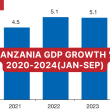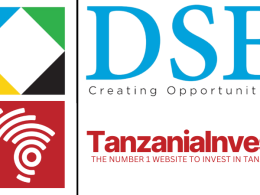The Bank of Tanzania (BoT) has announced a significant shift in determining Treasury bond coupon rates, effective January 2025.
Under this new system, coupon rates will be set and announced shortly before each bond auction, aligning them with prevailing market conditions. This replaces the previous practice where fixed coupon rates remained unchanged across multiple auctions, often resulting in misalignment with market dynamics.
The change is designed to improve liquidity in Tanzania’s bond market, enhance price discovery, and foster market efficiency. By ensuring that coupon rates reflect real-time economic conditions, the Bank of Tanzania aims to attract more investors and bolster the country’s financial ecosystem.
Key changes include:
- Dynamic Coupon Rates: The rate for each bond will be announced in the auction’s call for tender at least one week prior to the auction date, ensuring alignment with market trends.
- Removal from Issuance Calendar: Coupon rates will no longer be pre-published in the annual Issuance Calendar, allowing for greater flexibility.
- Investor Participation: The auction process and participation modalities remain unchanged, with investors continuing to engage through Central Depository Participants (CDPs), including licensed banks and dealers.
Treasury bonds issued prior to January 2025 will remain unaffected.
Governor Emmanuel M. Tutuba stated, “This change is pivotal for improving liquidity, ensuring better price discovery, and enhancing the overall efficiency of Tanzania’s financial markets. By aligning coupon rates with market conditions, we are fostering a more robust and investor-friendly financial ecosystem.”
Tanzania’s Treasury bonds are crucial financial instruments, used to fund national development projects and manage public debt. They are issued in maturities ranging from 2 to 25 years, providing a diverse set of investment options for banks, pension funds, and retail investors. Historically, the fixed-rate system provided predictability but failed to adapt to changing market dynamics, limiting efficiency and investor flexibility.








